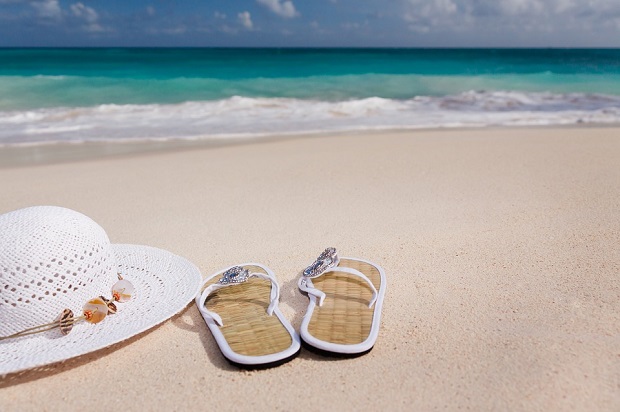User experience agency Sigma has released its latest research into usability and accessibility across ten of the UK’s favourite travel websites.
It reveals that whilst many of the sites have significantly improved their design and navigation, there is still work to be done to ensure that travel websites are fully accessible for a range of users.
Sigma’s research examined the user experience of ten of the UK’s most popular travel websites:
• Airbnb
• Booking.com
• British Airways
• Co-operative Travel
• Expedia
• On The Beach
• Lastminute.com
• Laterooms
• Skyscanner
The company explored the simplicity and clarity of the sites’ interfaces; how responsive their content was to zooming in and out, as required by users with visual impairments; and ease of navigability and user journeys.
In terms of the accessibility of each website for users with visual impairments, Sigma found mixed levels of performance. On The Beach, for example, enabled browser zoom of up to 400% without any elements of the site clashing, whereas other sites only enabled a zoom of 150% or less before elements began to collide or experienced severe pixellation.
However, all of the websites proved difficult to use with screen readers, which provide audio descriptions of websites for users with visual impairments. Such tools rely on content-labelling and logical grouping of forms and drop-down menus, and these were absent from the websites tested.
Navigation and user journeys also varied dramatically between the websites. Sigma’s researchers highlighted Expedia, Skyscanner and Laterooms in particular for their clear and simple interfaces making it obvious from the outset what the organisations offer. However, issues with too-small text or insufficient colour contrasts between text and backgrounds were apparent throughout many of the other websites.
Icons were used particularly effectively by Expedia throughout the customer journey, and were praised by the researchers for being clear and large enough for users to clearly understand what they mean. However, other websites did not make use of icons at all.
The study was a follow-up to Sigma’s report of four years ago, which scored travel websites out of a possible 35 points for their usability, accessibility, and ease of use across devices. Four years ago, Skyscanner came out on top with a score of 28, five points above the average score of 23.
Hilary Stephenson, managing director of, Sigma, said: “There is much to be encouraged by these results. Many of the sites we researched took multiple steps to ensure that they are accessible and easy-to-use for all. However, performance is still inconsistent and there is work to be done. It would be great, for example, to see travel websites working harder to make their sites compatible with screen reader tools, grouping their content more logically and properly labelling forms.
“Online user experience and accessibility depends on multiple different factors working together seamlessly. For travel websites to be truly accessible to all, they must be designed with integrity and clarity, to be perceivable to as wide a range of users as possible, including users with visual and hearing impairments, and with clear, intuitive navigability and user journeys.”
